
Lessons from
Nanoelectronics
A New Perspective on Transport
Lessons from Nanoscience:A Lecture Note Series
ISSN: 2301-3354
Series Editors: Mark Lundstrom and Supriyo Datta
(Purdue University, USA)

Lessons from Nanoscience aims to present new viewpoints that help understand, integrate, and apply recent developments in nanoscience while also using them to re-think old and familiar subjects. Some of these viewpoints may not yet be in final form, but we hope this series will provide a forum for them to evolve and develop into the textbooks of tomorrow that train and guide our students and young researchers as they turn nanoscience into nanotechnology. To help communicate across disciplines, the series aims to be accessible to anyone with a bachelors degree in science or engineering.
More information on the series as well as additional resources for each volume can be found at:

Published:
Vol. 1 Lessons from Nanoelectronics: A New Perspective on Transport
by supriyo Datta
Lessons from
Nanoelectronics
A New Perspective on Transport
Supriyo Datta
Purdue University, USA

NEW JERSEY LONDON SINGAPORE BEIJING SHANGHAI HONG KONG TA I P E I CHENNAI
Published by
World Scientific Publishing Co. Pte. Ltd.
5 Toh Tuck Link, Singapore 596224
USA office: 27 Warren Street, Suite 401-402, Hackensack, NJ 07601
UK office: 57 Shelton Street, Covent Garden, London WC2H 9HE
British Library Cataloguing-in-Publication Data
A catalogue record for this book is available from the British Library.
Lessons from Nanoscience: A Lecture Note Series Vol. 1
LESSONS FROM NANOELECTRONICS
A New Perspective on Transport
Copyright 2012 by World Scientific Publishing Co. Pte. Ltd.
All rights reserved. This book, or parts thereof, may not be reproduced in any form or by any means, electronic or mechanical, including photocopying, recording or any information storage and retrieval system now known or to be invented, without written permission from the Publisher.
For photocopying of material in this volume, please pay a copying fee through the Copyright Clearance Center, Inc., 222 Rosewood Drive, Danvers, MA 01923, USA. In this case permission to photocopy is not required from the publisher.
ISBN-13 978-981-4335-28-7
ISBN-10 981-4335-28-2
ISBN-13 978-981-4335-29-4 (pbk)
ISBN-10 981-4335-29-0 (pbk)
Printed in Singapore.
To
Malika, Manoshi
and
Anuradha
Preface
Everyone is familiar with the amazing performance of a modern smart phone, powered by a billion-plus nanotransistors, each having an active region that is barely a few hundred atoms long.
These lectures, however, are about a less-appreciated by-product of the microelectronics revolution, namely the deeper understanding of current flow, energy exchange and device operation that it has enabled, which forms the basis for what we call the bottom-up approach.
I believe these lessons from nanoelectronics should be of broad relevance to the general problems of non-equilibrium statistical mechanics which pervade many different fields. To make these lectures accessible to anyone in any branch of science or engineering, we assume very little background beyond linear algebra and differential equations. We hope to reach all those who have an interest in basic physics, even if they are not specializing in devices or transport theory.
For dedicated graduate students and the experts, I have written extensively in the past. But they too may enjoy these notes taking a fresh look at a familiar subject, emphasizing the insights from mesoscopic physics and nanoelectronics that are of general interest and relevance.
Finally I should stress that these are lecture notes in unfinished form, with typos included to enhance the readers attention, as my colleague Gerhard likes to put it. With your feedback and suggestions, I hope to have a better version in the future, one that requires less attention!
Acknowledgements
Thanks to World Scientific Publishing Corporation and, in particular, our series editor, Zvi Ruder for joining us in this partnership.
The precursor to this lecture note series, namely the Electronics from the Bottom Up initiative on www.nanohub.org was funded by the U.S. National Science Foundation (NSF), the Intel Foundation, and Purdue University.
The nanoHUB-U recently offered its first online course based on these notes and I am thankful for the feedback I received from many online students whom I have never met. We gratefully acknowledge Purdue and NSF support for this program, along with the superb team of professionals who made nanoHUB-U a reality (https://nanohub.org/groups/u).
A special note of thanks to Mark Lundstrom for his leadership that made it all happen and for his encouragement and advice.
I am indebted to Ashraf Alam, Kerem Camsari, Deepanjan Datta, Vinh Diep, Samiran Ganguly, Seokmin Hong, Changwook Jeong, Bhaskaran Muralidharan, Angik Sarkar, Srikant Srinivasan for their valuable feedback and suggestions.
Finally I would like to express my deep gratitude to all who have helped me learn, a list that includes not only those named above, but also many teachers, colleagues and students over the years, starting with the late Richard Feynman whose classic lectures on physics, I am sure, have inspired many like me.
Some Symbols Used
Constants
Electronic charge -q- 1.6e-19 coul.
Unit of Energy 1 eV + 1.6e-19 Joules
Planck's constant h 6.626e -34 Joule-sec
h-h/2 1.055e -34 Joule-sec
Boltzmann constant k 1.38e-23 Joule / K
~ 25 meV / 300K
Free electron mass m0 9.1 1e-31 Kg
Effective massm
Other Symbols
I Electron Current amperes (A)
(See Fig.3.2)
V Electron Voltage volts (V)
U Electrostatic Potential eV
Electrochemical Potential eV
(also called Fermi level or quasi-Fermi level)
0 Equilibrium eV
Electrochemical Potential
R Resistance Ohms (V/A)
G Conductance Siemens (A/V)
G(E) Conductance at 0K with 0=E Siemens (A/V)
 Diffusivity m2 /sec
Diffusivity m2 /sec
 Mobility m2 /V-sec
Mobility m2 /V-sec
Resistivity Ohm-m (3D), Ohm (2D)
Conductivity S/m (3D), S (2D)
A Area m2
W Width m
L Length m
E Energy eV
f (E) Fermi Function Dimensionless
 Thermal Broadening
Thermal Broadening
Function (TBF) /eV
 Normalized TBF Dimensionless
Normalized TBF Dimensionless
D(E) Density of States /eV
Next page

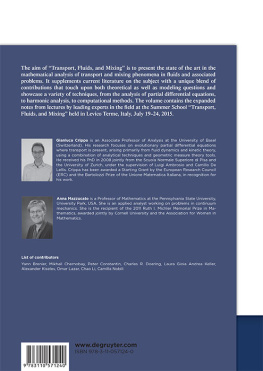
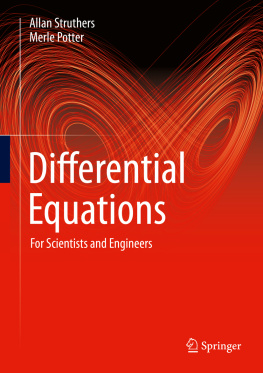
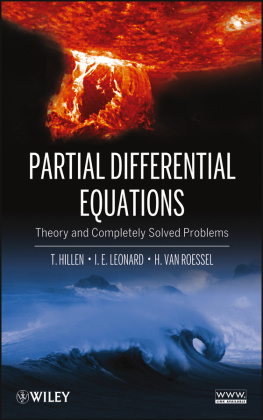
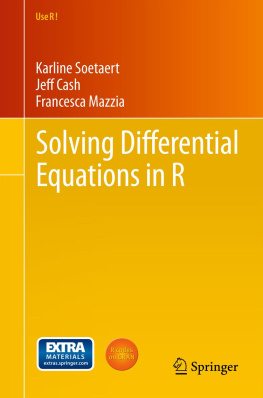
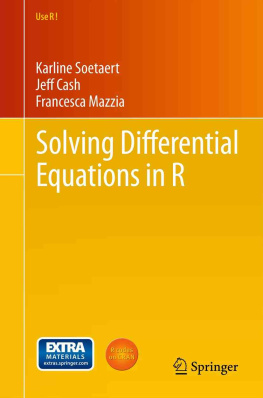
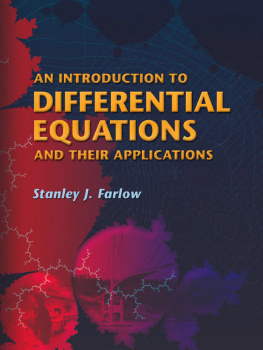

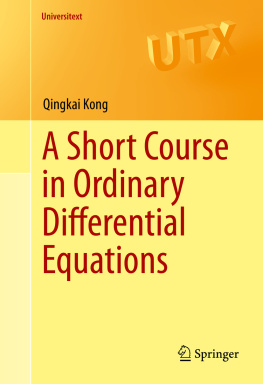




 Diffusivity m2 /sec
Diffusivity m2 /sec Mobility m2 /V-sec
Mobility m2 /V-sec Thermal Broadening
Thermal Broadening Normalized TBF Dimensionless
Normalized TBF Dimensionless